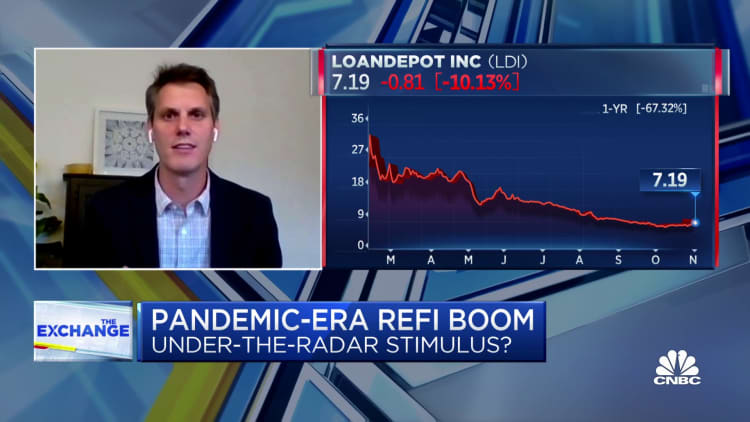Most of the pandemic-era forbearance options for struggling homeowners have come to an end, but a pot of money allocated by Congress is still available for those who need aid.
The Homeowner Assistance Fund, overseen by the U.S. Department of the Treasury, is a nearly $10 billion federal program established to deliver relief to families who are behind on their mortgages and other housing-related expenses due to the financial fallout of the public health crisis.
While many homeowners are on their way toward financial recovery from the darkest days of the pandemic, the need for help continues, said Stockton Williams, executive director of the National Council of State Housing Agencies.
More from Personal Finance:
Is college really worth it?
College enrollment continues to slide
What to be wary of before taking on private student loans
"Data indicate some homeowners ... are still experiencing financial and economic stress, particularly those with low incomes and homeowners of color," Williams said.
With other government interventions, including expanded unemployment benefits and rental assistance, getting more attention, many homeowners may not be aware of the assistance available to them, experts say.
Here's what to know about the program.
Who's eligible?
The program is being administered by the states and qualification requirements vary, but generally you have to have experienced a Covid-19 related hardship and have a household income below 150% of your area's median income, or $79,990, whichever is higher.
Also, you can apply for the relief only for a primary residence.

Most state programs are not making delinquency a requirement for eligibility, Williams said.
"In fact, in many cases borrowers do not have to have any outstanding mortgage debt to qualify for assistance or for other housing expenses, such as utilities or property taxes," he said.
How do I apply?
The National Council of State Housing Agencies has a map where you can find out where to apply in your state. Some states are still in the process of opening their programs.
At the start of March, 24 states, Puerto Rico and Guam had already done so, and almost all programs have been approved by the Treasury Department.
"We expect virtually all programs will be open by June," Williams said.
What expenses does the aid cover?
Depending on your state, eligible expenses can include mortgage payments, property taxes, homeowners' insurance, association fees, utilities and certain home repairs, according to the Consumer Financial Protection Bureau.
What's the most aid I could get?
States can decide the maximum relief a homeowner can receive, but the cap ranges from around $15,000 to $80,000, according to the National Council of State Housing Agencies.
Will there be enough for everyone?
Probably not, unfortunately. New York has already stopped accepting applications.
One analysis found that the entire Homeowner's Assistance Fund of around $10 billion clears up only about a third of the pandemic-related rise in past-due mortgage payments.
What if I don't get the money?
First, if you're waiting for an answer on your application from the Homeowner Assistance Fund, you should contact your mortgage servicer and let them know, especially if you're facing foreclosure, experts say.
All struggling homeowners are encouraged to seek help from a housing counselor approved by the U.S. Department of Housing and Urban Development.


